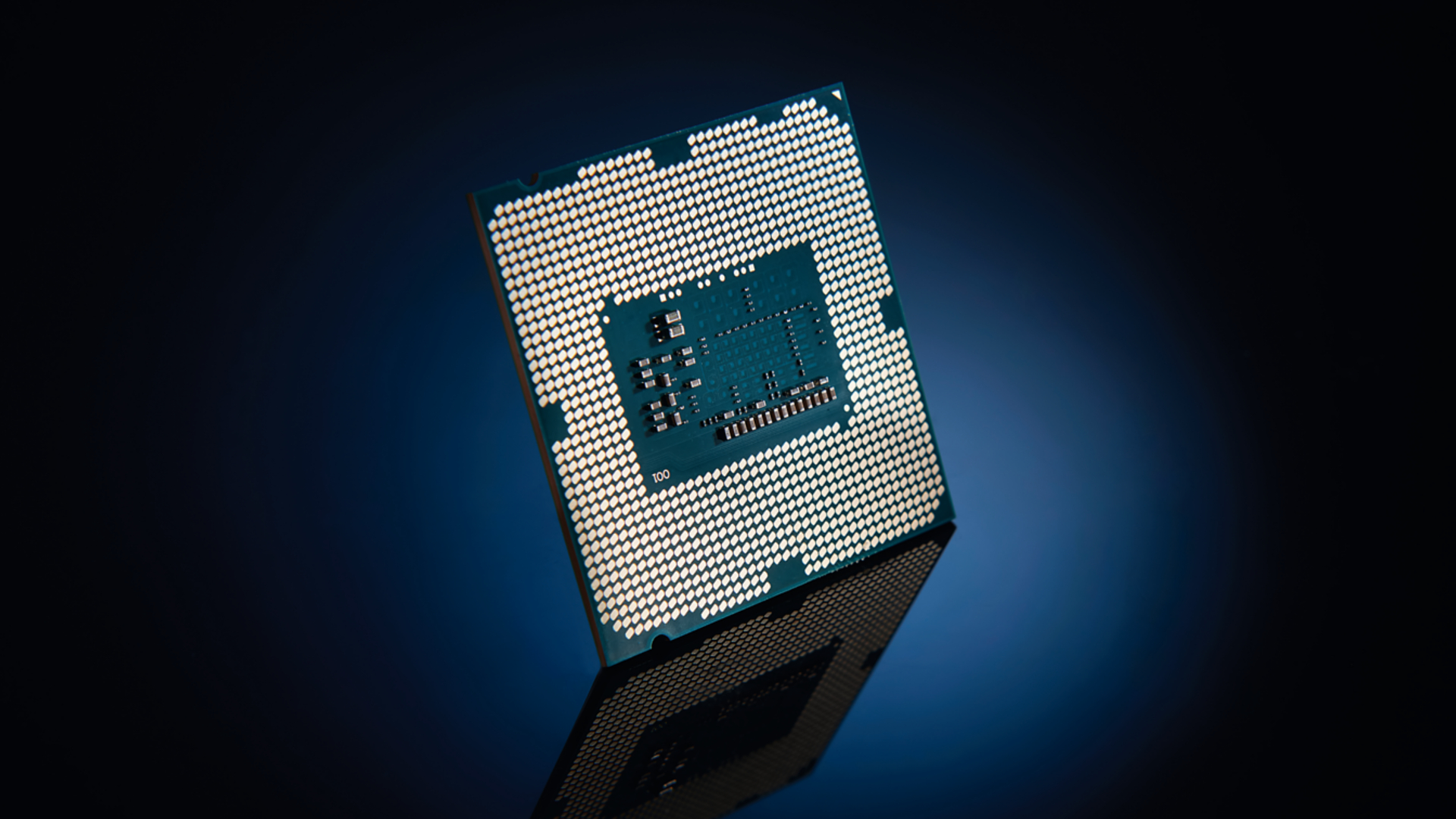Why you can trust TechRadar
As a preview of what we can expect from the top end of the next-gen Skylake processor family this 14nm die shrink of the existing Haswell architecture is very welcome, darned impressive even.
The thought of encouraging anyone to spend £300 (around $470, or AU$630) on buying one though is beyond the pale.
Even with the excellent Iris Pro graphics finally hitting socketed CPUs – and down to the i5 level too – we struggle to see who these two processors are aimed at and, more importantly, who would actually consider picking one up.
The argument from Intel is that it represents a technological upgrade from Haswell that doesn't require an entire platform change. Update your motherboard's BIOS, drop in one of the new chips and, hey presto, you now have new Broadwell architecture in your rig.
Except that if you've upgraded from pretty much any Core i7 Haswell you're almost certain to get a performance drop on anything you do with your PC. Gaming performance is way down – in fact if you upgraded from a Core i5 you'd be getting a performance hit in those terms.
But that 14nm die shrink has yielded a huge drop in the power requirements and in the heat of the relative chips. Right now that doesn't translate into big overclocking numbers without some serious BIOS surgery and voltage tweaking, but as an indication of where we're going with the soon-to-be-here Skylake, it's very exciting.
We liked
The new Iris Pro 6200 graphics core is very welcome. With the i5 Broadwell you can create a tiny machine which doesn't need a discrete GPU to hit playable, mid-range, 1080p gaming performance without it costing a fortune.
The high price of this i7 though makes that less of a selling point, but the fact remains the graphical speed hike over Haswell is huge. Let's hope Skylake carries on this trend of high-end GPUs in more mainstream CPUs, but I wouldn't hold my breath.
The most impressive thing about the Broadwell chip, however, is the low power and temperature performance. This eight-threaded CPU is barely drawing the same power as the last-gen quad-thread parts.
We disliked
That low clock speed means that this is no high-end part. The fact you get the low power and low temperatures when hitting 4.2GHz might indicate Intel could have clocked this chip higher out-of-the-box. Though that being our overclocking limit might also indicate it couldn't really push things much higher and still remain 100% stable.
We also find the high price a real sticking point. The i7 5775C is priced well above the Devil's Canyon i7 4790K, which is a bona fide high-end desktop CPU. And yet it can't compete in anything outside of power and temperature efficiency.
We also don't like the fact this chip is so late as to be almost entirely irrelevant. With the imminent release of Skylake we struggle to see why Intel even released a socketed desktop version at all.
Final verdict
This is a chip that might have looked impressive last year and might still have made a case as an upgrade today if it had a higher clock speed and a more reasonable price. But that high price tag, and the fact Skylake is but a matter of weeks away, means there's little reason for anyone to consider this a worthwhile purchase.
Yes, it has an impressive GPU component and maybe the Core i5 version has a place as an upgrade from a low-end Core i3-based machine without a discrete graphics card. But this expensive, low-performing processor is going to win few friends with anyone wanting Broadwell to offer tangible performance boosts over their Haswell CPUs.
